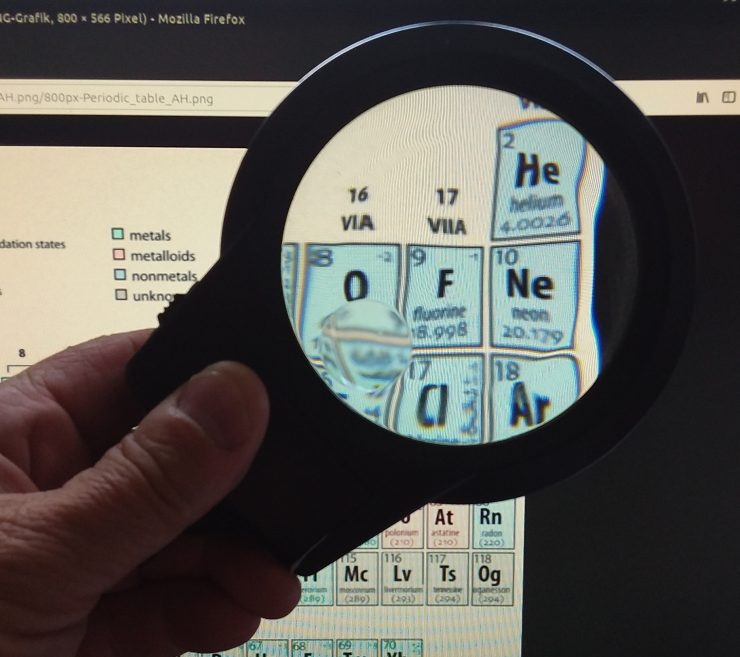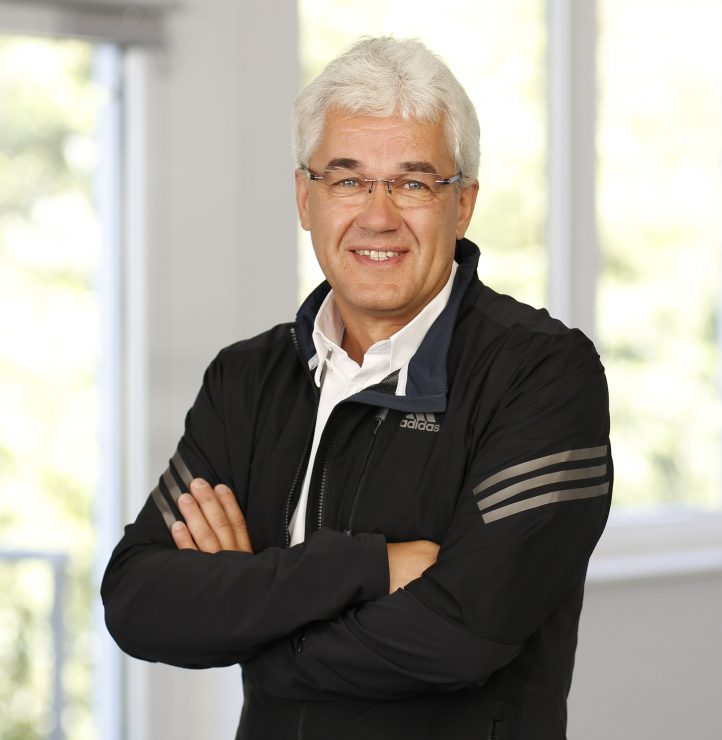
Last November, the International Ski Federation announced in a press release the banning of fluorinated waxes starting with the 2020-2021 race season.
FIS states, “The use of fluorinated ski waxes, which have been shown to have a negative environmental and health impact were banned for all FIS disciplines from the 2020/2021 season.”
Behind the scenes, the transition to fluoro free racing has begun both in Europe where the majority of World Cups are held, and here in North America where a working group to write a fluoro free policy for domestic racing has been formed.
On the science and engineering side, FIS has worked with the Fraunhofer MicroTribology Center in Germany — a collaboration between the Fraunhofer Institute for Mechanics of Materials IWM and the Karlsruhe Institute of Technology — to dial in their technical specifications to properly test for fluoros and determine the low-end thresholds at which fluoros can be detected.
Matthias Scherge leads the center. He studies things like friction, wear, and lubrication at the molecular level. Which it turns out is helpful in determining how to test for fluoros and maximizing ski glide on snow. We’ll publish an in-depth interview with Scherge later this week.
GLIDING is a niche science journal spearheaded by Scherge and a cohort of advisors. Most of the articles are presented in German. However, a few have been translated into English. GLIDING, as the name suggests, presents findings related to gliding on snow – which means analyzing the interplay of wax, base structure, snow, and other micro-variables impacting ski glide performance.
A recently released paper by Scherge and Thierry Langer is titled: “Are Fluorinated Ski Waxes Really the non plus ultra?”
Below is the paper’s abstract and introduction. The paper’s findings provide food for thought and experimentation as ski racing culture evolves. Undoubtedly, resources will be allocated to devise new fluoro free waxes, sophisticated grinds, and possibly establish mobile race-ready mini-labs to analyze snow crystals.
You can find the full article on GLIDING.
Abstract:
“Fluorinated ski waxes are considered the non plus ultra in skiing because of their very good water repellency. However, with the announced fluorine wax ban by the FIS, this quality feature is relegated to the background. With the discovery of the lotus effect, it became clear that the effect of water repellency results from the combination of a non-polar (wax) surface and a corresponding optimal roughness. Therefore, the paper deals with this combination and presents results obtained with 3 differently fluorinated waxes and 5 pairs of differently ground skis. The evaluation of the gliding properties was carried out under laboratory conditions in a ski tunnel and was flanked by analyses of the water repellency and the topography of the skis.”
Introduction:
“The days of fluorinated waxes are numbered since the FIS World Ski Federation decided to ban them for all its disciplines from the 2020/21 competition season. Since then, and in some cases even before, extensive test series have been underway by wax manufacturers to replace fluorine waxes with other substances. This undertaking is laborious, since due to the physical/chemical properties of fluorine, only the application of atomic hydrogen to the ski surface would produce similarly strong water repellent effects, but this is more of a theoretical solution. By means of atomistic simulation – and this is how deep one has to delve into the physical bag of tricks – it could be shown that the termination of a solid surface (physically called termination) by fluorine shifts the cloud of valence electrons so deeply into the solid that the polar water finds no docking possibility and, macroscopically speaking, rolls off [1]. The roll-off effect due to the hydrophobicity is promoted by the microstructure of the surface. This combination is one of the elementary cleaning mechanisms of nature. Plants form ribs or elevations of wax about 5 to 20 micrometers high and 10 to 15 micrometers apart, so that the water, due to the surface tension cannot penetrate into the interstitial spaces and cannot find a hold [2]. The water-repellent effect increases the more non-polar the surface is. Since ground structures partly have similar dimensions as the leaf structures mentioned above, a way for the detachment of fluorine waxes opens up here.
In tests under laboratory conditions, 3 waxes of different fluorine content were tested, which were applied to 5 cross-country skis with different grinding structures. Before the gliding tests, the ability to repel water was quantified and the ski bases were subjected to an exact roughness analysis.”

Matthias Scherge has been studying the basics of gliding on ice and snow for more than ten years. He heads the MicroTribology Center, a joint institution of Fraunhofer and the Karlsruhe Institute of Technology, where he teaches tribology as a professor. Tribology is the science of friction, wear and lubrication and deals, among other things, with the gliding behavior of skis. Since 2012, Scherge has been advising the Nordic Paraski Team Germany and leads Team Snowstorm, an efficient network of companies and academic partners supporting athletes and ambitious winter sports enthusiasts: http://team-snowstorm.de/index.html



